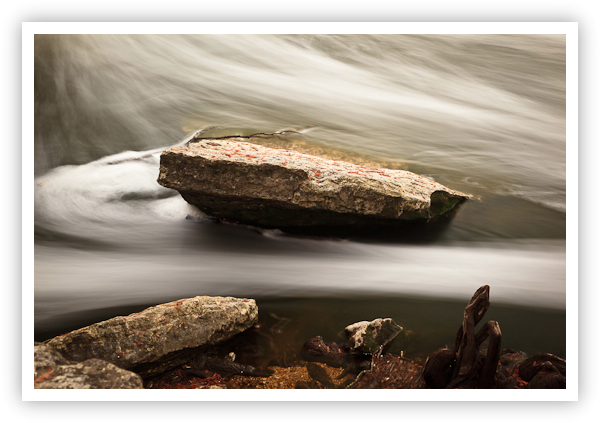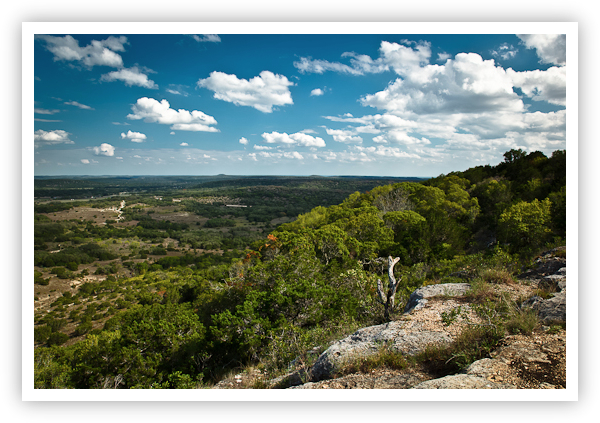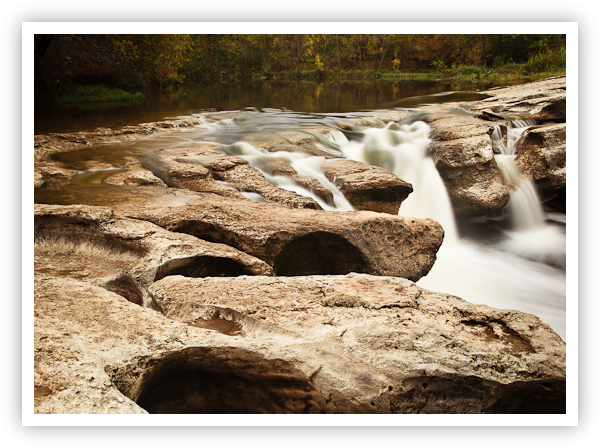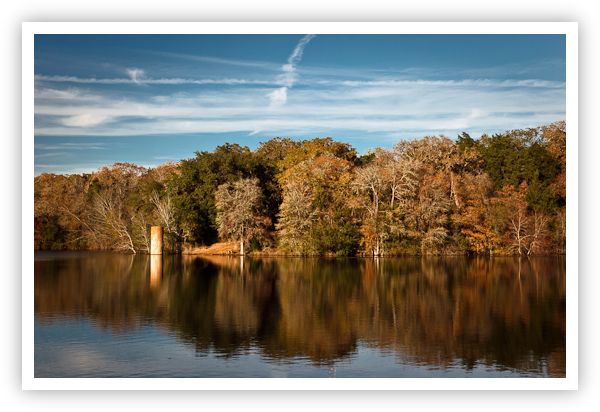I posted these two landscape images in the dpreview.com’s Canon SLR Lens Talk forum as I usually do each week and had an interesting comment come back. I had labelled my images with “Just a quick comparison to show that even a ‘point & shoot’ can take nice landscape images” and got a response back stating “it mostly demonstrates the post-processing work done. these sort of ‘comparison’ pictures should not be post-processed otherwise its not really a ‘fair’ test.”
Actually both of these images were taken only minutes apart under the same lighting conditions from the same tripod location. I intentionally chose to process them in Adobe Lightroom using the same “settings” so I could compare the results.
Well, that comment got me thinking about some of the misconceptions folks have about how digital photography really works and I decided to write up a short post that I hope clarifies some of these issues.
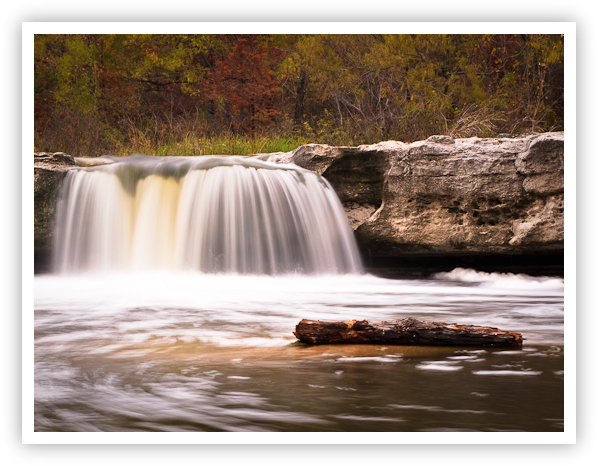
Lower McKinney Falls (G10) – Austin, Texas
Copyright 2009 Jeff Lynch Photography
Shot taken with a Canon Powershot G10 set on full manual mode and tripod-mounted. The exposure was taken at 25mm, f/7.1 for 2 seconds using the built-in neutral density filter at ISO 80 on Lexar Professional digital film. Post capture processing was done in Adobe’s Lightroom 3 Beta. Click on the image above for a larger version.
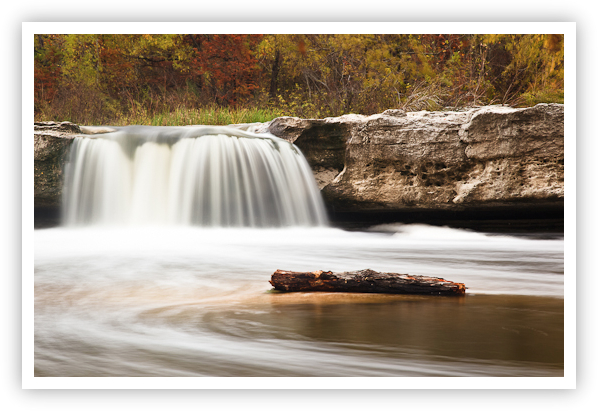
Lower McKinney Falls (5D2) – Austin, Texas
Copyright 2009 Jeff Lynch Photography
Shot taken with a Canon EOS 5D Mark II set on full manual using an EF 24-105mm f/4L IS USM lens tripod-mounted. The exposure was taken at 105mm, f/13 for 13 seconds at ISO 100 using a Singh-Ray Vari-ND-Duo neutral density and warming polarizer filter. All post capture processing was done in Adobe’s Lightroom 3 Beta. Click on the image above for a larger version.
Analog vs. Digital
We use our sense of sight to perceive the world in which we live in an “analog” fashion. In the “old days” SLR cameras recorded this analog impression on film to create a negative. Today, our DSLR cameras do the same thing by converting this analog impression (photons hitting a CMOS sensor) to a digital “RAW” format. This file format is then stored on your DSLR’s CF or SDHC memory card.
The Digital Negative
Just as a film negative is not the final printed image, a “RAW” file is not a viewable or printable format like a JPEG or TIFF image is. The term “RAW” means that this file stores information directly coming from the sensor, almost without processing. The RAW file contains all the information about the image including each primary color (Red, Green or Blue) recorded in 14bit, lossless compression. It’s a lot of information, but it’s not the photograph.
The Camera’s LCD
When you review an image on your camera’s rear LCD, you are NOT looking at the RAW file. You are looking at a JPEG image created by your camera’s internal processor from the RAW data using a predetermined set of processing choices.
Post-Capture RAW Processing
The same is true when you import your RAW files into Adobe Photoshop or Lightroom. The previews are JPEG images created by the software for you to review “prior” to making your explicit processing decisions. That’s why these initial previews look so “flat” and “lifeless”. That’s also why the previews from Adobe Camera RAW or Lightroom will look so different from the previews presented by Canon’s own Digital Photo Professional. Each piece of software “interprets” the RAW information a little differently when creating the initial preview.
Let me be very clear on this; you can’t “see” or “print” a RAW file. You can only “see” or “print” a RAW file that has been “processed” into a JPEG or TIFF image. The choices on how you process your RAW files are purely subjective and the final image does not and can not accurately represent what you saw with your own eyes. No camera made can capture the same resolution or tonal gradations that the human eye can. And no software program today can convert that information captured into a static image which accurately represents what you “saw”.
The Bottom Line
All we can do as photographers is to attempt to process our RAW files into JPEG or TIFF images that capture a tiny bit of the emotions we felt when we took the shot. The post-capture processing decisions we make on exposure, contrast, black-point, hue, saturation, luminance, sharpening and noise reduction are our personal choices used to create what we hope will be a compelling image. So the next time someone says “Nice shot but show me the RAW file” just smile politely and tell them to go to hell under your breath.
BTW – If you really want to know what a Canon RAW file contains, checkout this link: http://lclevy.free.fr/cr2/
Posted in Photography Tagged: Canon, Canon 5D Mark II, Canon Powershot G10, CR2 RAW Format


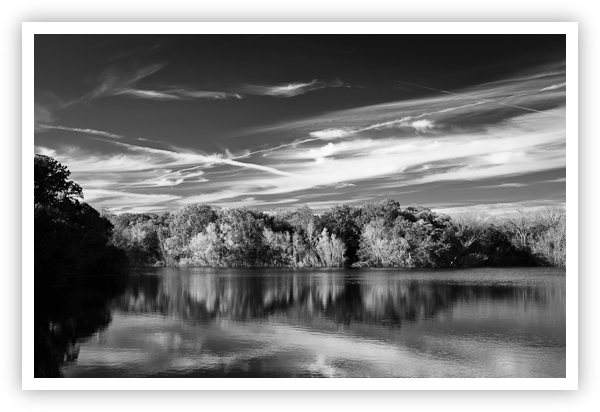
![]()
